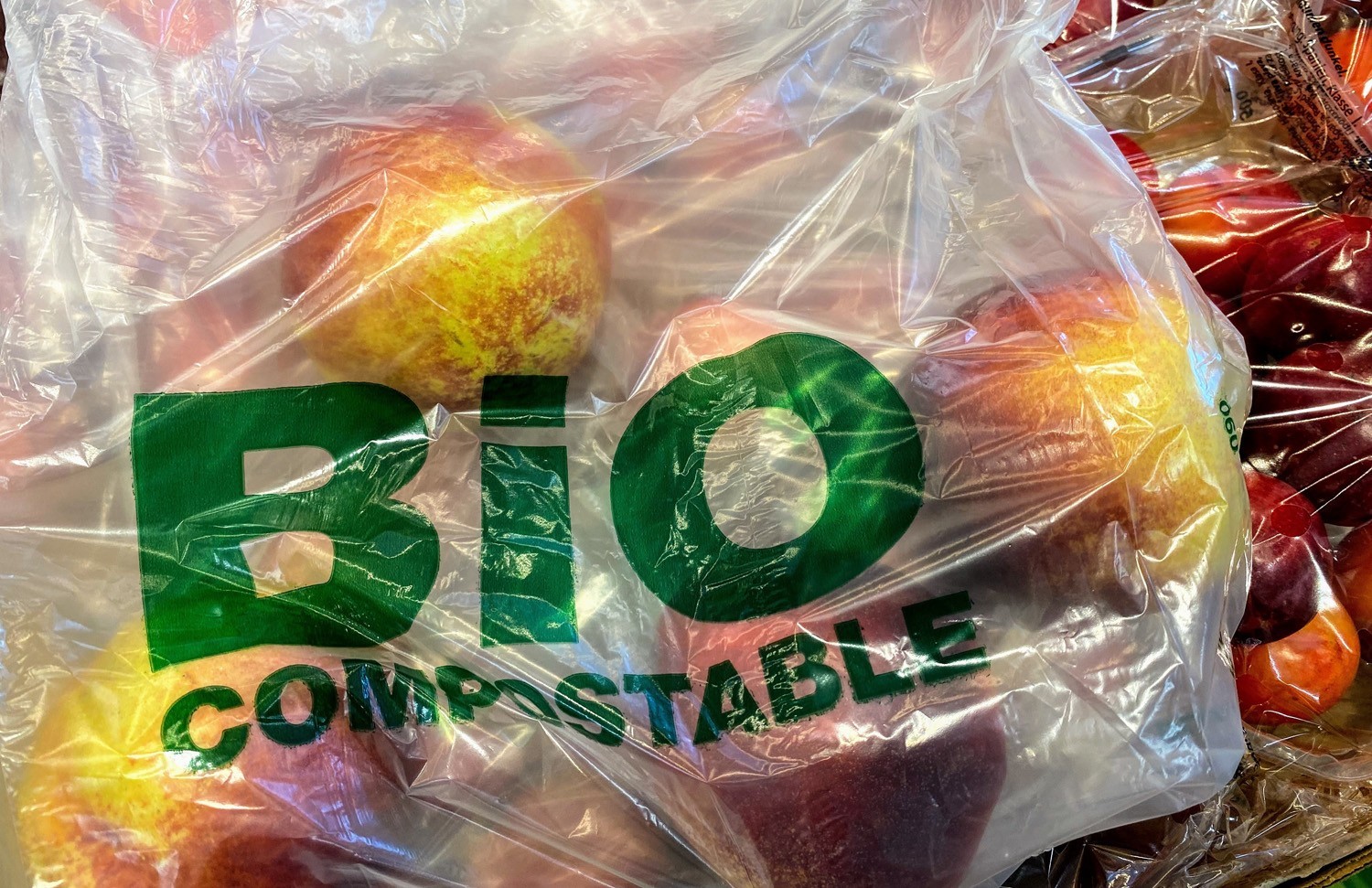It is still unclear what significance the material will actually gain in the future. However, the figures once again prove the enormous dynamics in the sustainability sector. Anyone looking for opportunities and potential for growth will find what they are looking for in the realm of sustainability. We shed light on the current situation, look at factors and forces behind the development, name the difficulties and assess the situation for you.
Bioplastics for use in packaging are “on fire”. Consumption is growing dynamically, as current data shows. Of course, biodegradable plastic packaging is only one of many thrusts in the field of sustainability. Moreover, it is not yet clear how important the material will actually be in the future. However, the growth figures clearly show how dynamic the topic of sustainability is. It is also clear that anyone looking for opportunities and potential for growth will find what they are looking for in sustainability.
Basic assessment
- Bioplastics now also have a highly developed performance profile like conventional plastics. In addition, they offer sustainability benefits. These include a reduced carbon footprint or even expanded waste management options through composting.
- From a fundamental environmental point of view, it would certainly be helpful if all plastic packaging were made of bioplastics, especially in countries without functioning waste management. The great environmental advantage of bioplastics from this point of view is that they are intrinsically non-toxic and biodegradable.
- But it is also a fact that there is obviously, and unfortunately, still a long and difficult way to go before conventional plastics can be completely replaced by bioplastics.
Market overview bioplastics
- Data from Global Data shows a huge increase in the share of bioplastics in packaging. Global production of 2.1 million tonnes in 2020 is forecast to rise to 2.8 million tonnes by 2025, that equates to an annual growth of around 6%.
- Around 50 per cent of the bioplastics produced are used in packaging.
- Overall, the share of bioplastics is still small compared to the total global plastic production of 370 million tonnes. However, the growth rates are impressive.
- Around a quarter of production capacity is currently located in Europe. By 2025, this share is expected to increase to 28 per cent.
- At 19 per cent, PLA (polylactide acid) currently accounts for the largest share of bioplastics production.
- Currently, about 0.015 per cent of the total available agricultural land of 4.7 billion hectares is used for bioplastics.
- The biggest European players in the bioplastics market are Novamont, Arkema, Natureworks, Braskem and BASF.
Factors and forces behind the development
The strong increase in the use of bioplastics for packaging is no coincidence. Several drivers can be identified. These include above all:
- A high level of acceptance among consumers.
- Environmental benefits and lower environmental impact as well as a reduction in CO2 emissions compared to conventional plastic.
- Bioplastics are renewable and available.
- The materials are efficient and technologically mature. They are used in all industries as a replacement for conventional plastics.
- EU programmes such as “Horizon Europe” and “Bio-Plastics Europe” promote the research and development of bioplastics.
- Brand owners such as Procter & Gamble, Danone, Puma, Lego, IKEA, Tetra Pak, Heinz or Toyota have already started large-scale production and the launch of first products in Europe.
Difficulties and disadvantages
- A lot of bioplastic is still produced from renewable raw materials that compete with food production and also require the use of pesticides. This applies to maize and sugar cane, for example.
- Compostable bioplastics have now achieved a good decay time in the environment. Non-compostable bioplastics, on the other hand, are still very “degradation resistant” in tests and thus exhibit a fundamental problem of conventional plastics.
In the case of compostability, a distinction must also be made between “industrial” composting, which only works with the addition of heat and thus creates a footprint once again.
- In the recycling process, sorting plants are currently not yet able to distinguish between degradable or compostable and non-degradable plastics. As a result, these materials are not systematically allocated to a specific sorting fraction.
- Bioplastics are currently still more expensive than conventional plastics.
- Agricultural land is needed for the production of bioplastics
Conclusion and outlook
As already mentioned, it would be helpful in principle if all plastic packaging were made of bioplastics. The advantages over conventional plastic outweigh the disadvantages.
The higher price of bioplastics would not be a convincing argument. Even if the material costs are estimated at 200 per cent compared to conventional plastic, this would hardly make a difference for a yoghurt pot, for example. Even with the use of bioplastics, this only costs around 3 cents.
The additional land use is also not a real obstacle. Currently, about 70 per cent of all agricultural land is used for meat production. Taxing land for meat production or subsidising the use of land for bioplastic raw material sources could free up corresponding arable land.
Overall, the road to the widespread substitution of conventional plastics with bioplastics is still long and rocky. However, it is also clear that major brands and manufacturers are already treading this path. The growth rates in the use of bioplastics for packaging illustrate the dynamics. And they show that a lucrative field of action is opening up here, even if bioplastics is only one of many thrusts of the sustainability revolution.
What is certain without any ifs and buts: If you are looking for opportunities and potential for growth, you will find it in sustainability.

